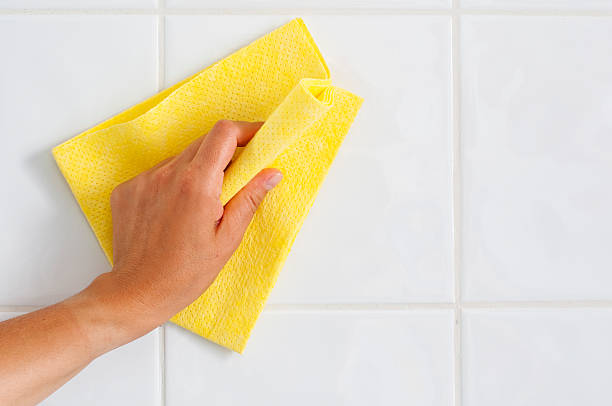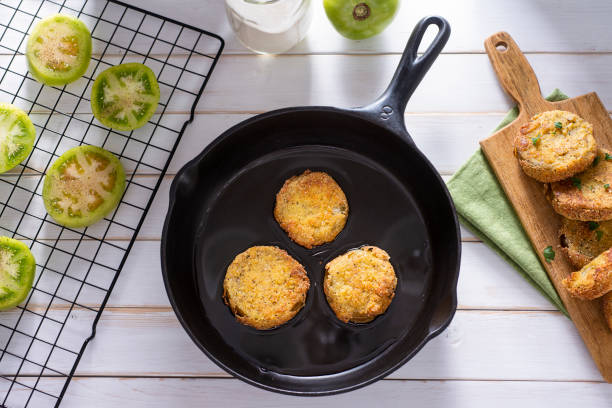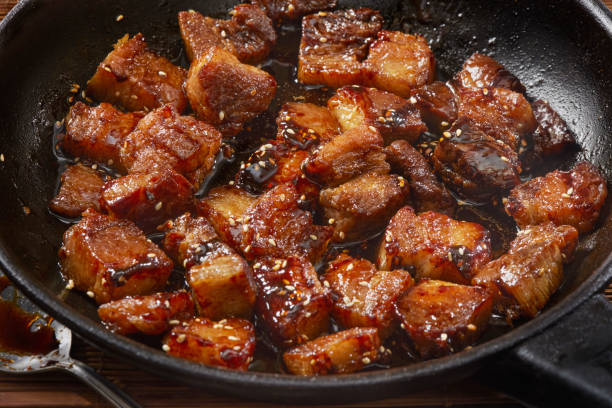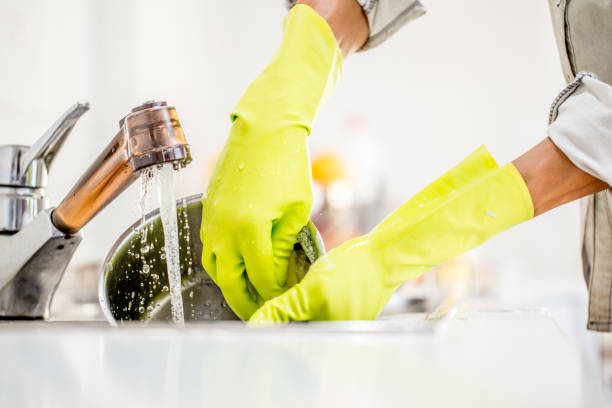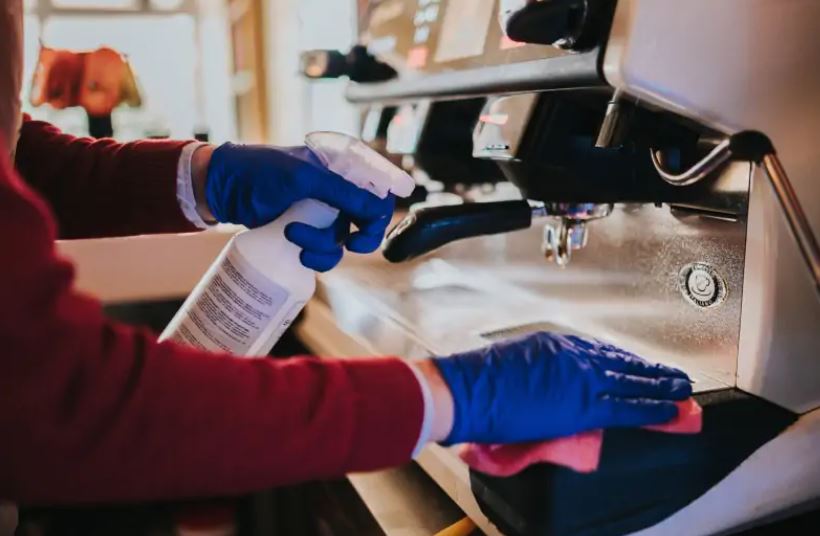A smelly washing machine and smelly laundry are annoying. In order to effectively remove bad odors, you need to clean your washing machine regularly. Simple tricks and natural home remedies can help here.
Reasons for an unpleasant smell of the laundry
Laundry that is freshly removed from the washing machine and smells unpleasant is very annoying. But why is this? Experts agree that liquid detergent and fabric softener are the main causes of this problem. Of course, the liquid detergent is a win for the environment, but the washing machine doesn’t like it that much. In order to be able to avoid smelly laundry, you should look around for clever detergent alternatives.
How often to clean the washing machine?
You should also clean your washing machine regularly to avoid smelly washing machines and smelly laundry. So you can benefit from the long service life of your device. But how often do I have to clean the device?
At the latest when your clothes smell bad after washing, you should clean your washing machine. It is also advisable to run a wash cycle at hot temperatures once a month without laundry. As a result, you can fight germs and bacteria. You should also regularly remove dust from the device with a damp cloth. You should also clean the fluff filter, the seals, and the detergent container once a month. In this way, you can prevent and neutralize unpleasant odors. Simple household remedies are sufficient for cleaning the washing machine.

1) Vinegar against limescale
If there are coarser deposits, you should instead use the home remedy vinegar essence. Then put this home remedy in the washing machine with an old bed sheet and let it work at 95 degrees to clean the washing machine. Then run a program 1-2 more times. This is the only way to completely remove the vinegar essence. Fat and other deposits are then effectively removed.
2) Citric acid for cleaning washing machines
Citric acid is cheap, environmentally friendly, efficient, and available in every drugstore. It will help you loosen limescale without damaging delicate rubber components as vinegar does. It is also a good way to descale the washing machine. Accordingly, put a maximum of eight tablespoons of citric acid in the empty washing machine (directly in the drum). Then choose a washing program with a maximum of 40 °C and start the machine without laundry. Once 50 percent of the wash time has elapsed, pause the wash program for two hours. This allows the citric acid to take effect. Then end the washing program. In the following video, you can watch the cleaning procedure with citric acid and find out why the acid must not be heated above 40 degrees.
3) Baking soda against dirt
Using baking soda can also keep the machine clean. To do this, mix two bags of baking soda with a little water. Then put the paste directly into the washing drum or detergent compartment. Then run the smelly washing machine on a hot wash cycle. You will quickly enjoy nice-smelling and clean laundry. In addition, note useful tips for descaling the kettle.
4) Cleaning with soda
Cleaning the washing machine with the home remedy washing soda is environmentally friendly and easy. Because you can add this to the laundry during a normal washing program. This saves water and energy. Consequently, simply add 1-2 tablespoons of soda directly into the detergent drawer with the detergent. In addition, soda has outstanding advantages:
- more powerful than baking soda
- gentle on seals
- versatile usable
- Cheap
5) Clean in washing machine with baking soda
If you don’t have soda at home, you can also use the popular home remedy baking soda to clean a smelly washing machine because baking soda helps against odors, limescale, and bacteria. It is used without washing: Put 50 grams in the washing machine and run a full wash cycle at a minimum of 40 °C.
Important tips for using the washing machine
In addition to the home remedies mentioned, there are a few tips and tricks that you should take to heart. Otherwise, it can quickly happen that you have to buy a new washing machine. But don’t panic with the following tip your washing machine will last for a long time without problems:
6) Allow moisture to escape
To keep your washing machine from smelling, you should always let the moisture escape. To do this, avoid closing the washing machine door. It must always be open so that the device can dry well after use and no mold forms. You should also keep the detergent compartment open so that the residual moisture can escape. In line with the topic, also note tips for reducing high humidity.

7) Occasional heat wash
As already mentioned, low temperatures are often to blame when clothes smell bad. Microorganisms multiply rapidly in humid climates. Therefore, occasionally run your machine at high temperatures (60 – 95 degrees. Then germs and bacteria die. At 30 – 40 degrees, only a small part of the microbes in the laundry is washed out. While at 60 degrees, significantly more Therefore, wash underwear, tea towels, and cleaning cloths at this temperature. For all other clothes, follow the care instructions for the textiles. However, if a family member is ill, it would be advisable to wash their laundry separately at 60 degrees.
8) Clean detergent compartment and lint filter
High temperatures at regular intervals are good but only help to a limited extent with dirt in the detergent compartment. Because detergent and fabric softener residues often remain in the compartments, causing mold to form. Since the entire detergent drawer can usually be removed in just a few simple steps, cleaning is possible without any problems. How to remove the element can be found in the instructions for use of the washing machine.
Then hot water and a good brush are enough to remove dirt without leaving any residue. You can also use some citric acid if necessary. Then let all components dry thoroughly. Likewise, a foul smell can emanate from the fluff filter. If this is rarely emptied, hair, lint, and many other components accumulate. The machine manufacturers provide individual information about the correct removal and cleaning of the sieve.
9) Maintain door seal
The door seal in the porthole of the washing machine provides a perfect breeding ground for bacteria. Since the surfaces here are constantly damp and clogged with hair, fluff, and detergent residue, soiling is inevitable. Here, too, citric acid is a reliable helper. Accordingly, put a few squirts of the home remedy on a rag and wipe the entire sealing ring thoroughly with it. And your washing machine stays clean.




